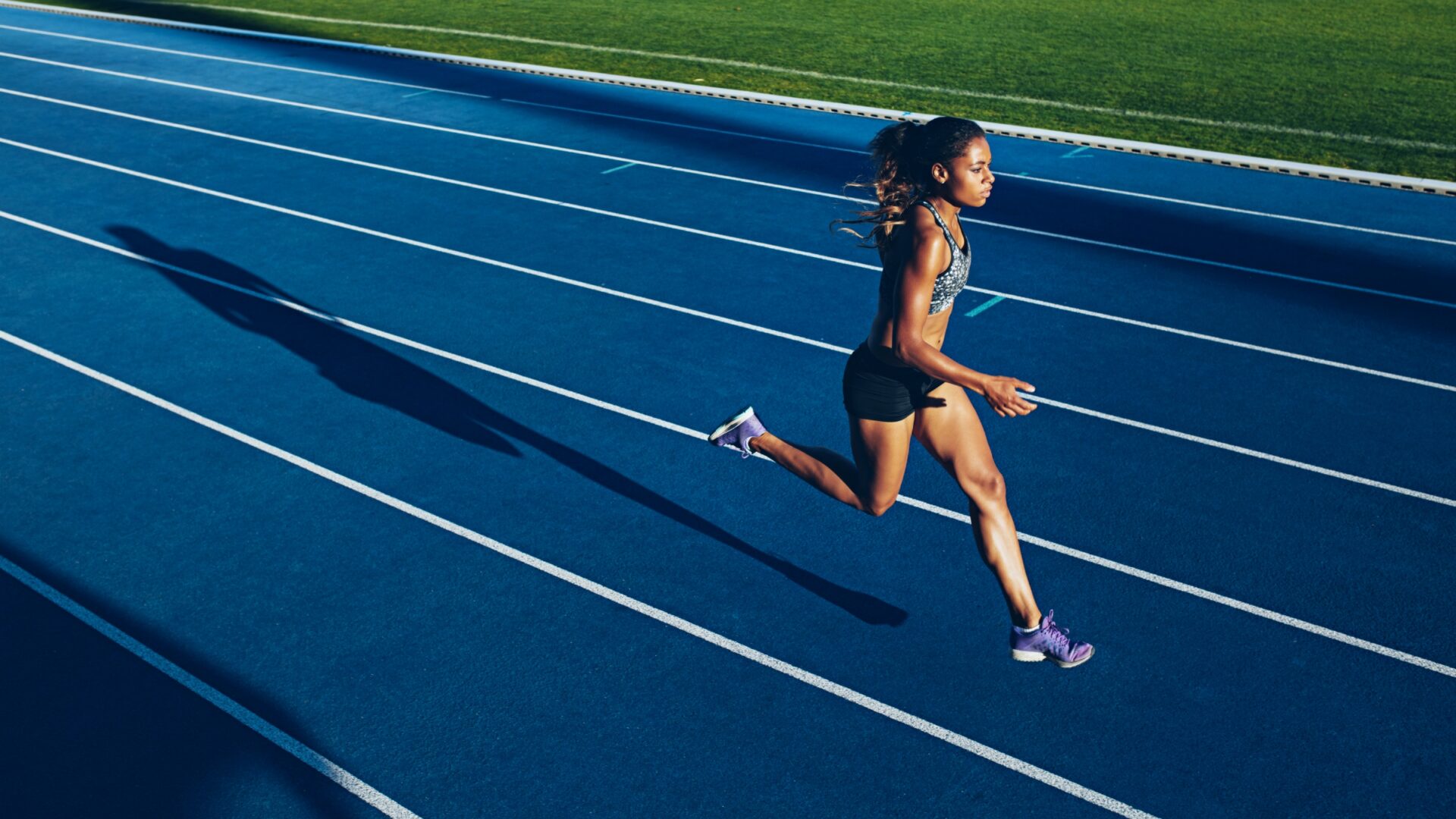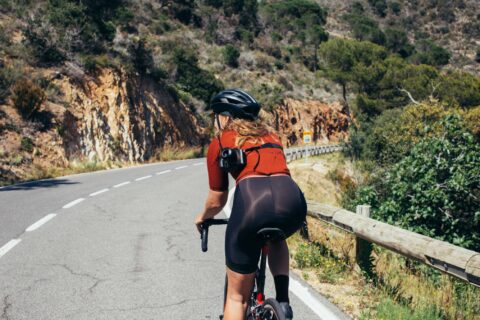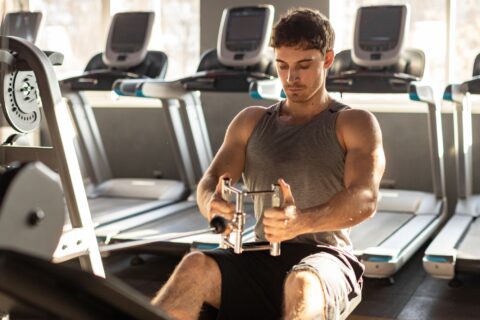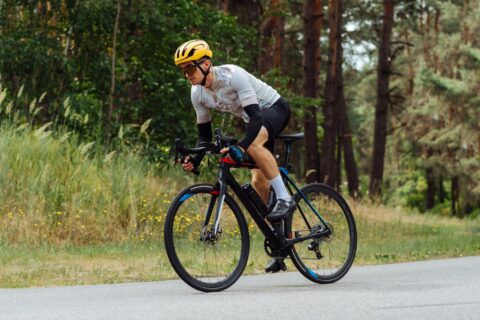Use this workout to build confidence in speed for your next 10K.
Use this workout to build confidence in speed for your next 10K.

Use this workout to build confidence in speed for your next 10K.

Use this workout to build confidence in speed for your next 10K.

Understanding when and how to introduce HIIT can make all the difference in an athlete’s ability to absorb training and optimize performance.

Hit the sweet spot with a sub-threshold ride for those winter days that aren’t too cold.

Endurance athletes of all disciplines can benefit from a regular full-body strength routine.

Get the best of both worlds by incorporating several high-intensity sprints into your base rides.